Introduction
The Feed Pellet Machine is a crucial equipment for modern livestock and poultry farming, designed to convert powdered feed into uniform pellets, enhancing feed efficiency and promoting optimal growth and health in animals. By producing high-quality feed pellets, this machine ensures animals consume all nutrients efficiently, reducing feed waste and improving feed conversion rates.
Feed Pellet Machines are widely used in poultry, swine, cattle, sheep, rabbit, and aquaculture farming, as well as in industrial feed production facilities. They can process various raw materials, including corn, soybean meal, wheat, rice bran, and other agricultural by-products, into high-density, easy-to-digest pellets. By providing uniform particle size and consistent nutritional composition, feed pellet machines help maximize animal performance, improve egg quality, increase meat yield, and support sustainable farming practices.
Designed with durable steel frames, high-strength rollers, and efficient motors, feed pellet machines provide long-lasting reliability and consistent production. With manual, semi-automatic, or fully automatic operation modes, they are suitable for small farms, medium-sized farms, and large feed mills, offering flexibility, efficiency, and cost-effectiveness.
Technical Parameters
Machine Type | Feed Pellet Machine |
Capacity | 0.5–5 tons/hour (varies by model) |
Motor Power | 7.5–30 kW |
Voltage | 380V / 50Hz (customizable) |
Pellet Diameter | 2–8 mm |
Die Type | Flat die or ring die (optional) |
Roller Material | Alloy steel, wear-resistant |
Frame Material | High-quality steel, corrosion-resistant |
Feeding Method | Manual or automatic hopper feeding |
Noise Level | ≤85 dB |
Weight | 800–2500 kg |
Dimensions | 1800 × 1200 × 1600 mm (depending on model) |
Optional Systems | Cooling system, drying system, PLC control, dust removal |
Features of Feed Pellet Machine
1. High Efficiency
Feed pellet machines feature optimized roller and die design, enabling continuous feed production with minimal downtime and high throughput.
2. Durable Construction
Constructed with high-quality alloy steel rollers, wear-resistant dies, and a sturdy steel frame, the machine ensures long-term reliability even under continuous operation.
3. Versatile Pellet Sizes
Pellet diameter can be adjusted from 2 mm to 8 mm, accommodating different livestock and poultry feed requirements.
4. Energy-Saving Design
Advanced motor systems and efficient pelletizing mechanisms reduce energy consumption, lowering operational costs.
5. Easy Operation
User-friendly control panels, optional PLC automation, and simple feed input systems make the machine easy to operate and monitor, even for beginners.
6. Consistent Pellet Quality
By compressing feed powder uniformly, the machine produces dense, durable pellets, reducing feed dust and waste.
7. Wide Material Compatibility
Suitable for grains, soybean meal, rice bran, grass powder, and other agricultural by-products, ensuring flexible feed formulation.
8. Optional Cooling and Drying Systems
Some models integrate cooling and drying units to improve pellet hardness and storage stability, preventing mold growth and spoilage.
Advantages
1. Improved Feed Efficiency
Uniform pellets ensure animals consume all nutrients efficiently, reducing wastage and improving growth rates.
2. Labor and Time Saving
Continuous production reduces manual handling, saving labor and time.
3. Cost-Effective
On-site pellet production reduces dependency on commercial feed, lowering transportation and feed costs.
4. Flexible Application
Pellet machines can be used for poultry, swine, cattle, sheep, rabbits, and fish, offering multi-species versatility.
5. High Durability
Wear-resistant dies and rollers prolong service life, reducing maintenance costs.
6. Scalable Production
Available in small, medium, and large capacities, the machine is adaptable to various farm sizes and industrial feed production.
7. Hygiene and Safety
Pellets reduce dust, improving farm hygiene and animal respiratory health.
8. Sustainable Farming
On-site production supports sustainable livestock management by allowing farmers to use local ingredients efficiently.
Application Scenarios
1. Poultry Farms
Produce layer feed, broiler feed, and chick starter pellets with precise nutrient formulations.
2. Swine Farms
Pellet feed for sows, piglets, growers, and finishers, improving feed intake and growth performance.
3. Cattle and Sheep Farms
Convert silage, hay, and grains into digestible pellets, increasing feed efficiency and meat production.
4. Rabbit and Small Animal Farms
Produce dense pellets suitable for rabbits, guinea pigs, and other small livestock.
5. Aquaculture
Pellet fish feed promotes uniform growth, easy feeding, and water quality management.
6. Feed Mills
Integrate with mixers, grinders, conveyors, and storage silos for large-scale feed production.
Usage Instructions
1. Installation
Place the machine on a level, stable surface.
Connect electrical power and grounding properly.
Inspect rollers, die, and bearings for lubrication and alignment.
2. Operation
Feed raw materials into the hopper evenly.
Adjust die and roller settings according to pellet size requirements.
Monitor output for uniformity and consistency.
For automated models, set control parameters via the PLC panel.
3. Cleaning and Maintenance
Clean hopper, die, and rollers after use.
Lubricate bearings and motor components regularly.
Inspect die and rollers for wear and tear, replace as needed.
4. Safety Precautions
Wear protective clothing and gloves during operation.
Avoid overloading the machine.
Disconnect power before maintenance.
Keep hands and clothing away from moving parts.
Frequently Asked Questions (FAQ)
Q1: What is the capacity of a feed pellet machine?
A: Capacities range from 0.5 tons/hour to 5 tons/hour, depending on model.
Q2: Can it produce feed for different animals?
A: Yes, adjustable die and roller settings allow production for poultry, swine, cattle, sheep, rabbits, and fish.
Q3: What materials can be used?
A: Grains, soybean meal, rice bran, grass powder, agricultural by-products, and vitamin/mineral additives.
Q4: Does it require electricity?
A: Yes, it requires motorized operation for pelletizing.
Q5: How do I maintain the machine?
A: Regular cleaning, lubrication, and inspection of die and rollers ensure long-term operation.
Q6: Can it produce small-diameter pellets for chicks or fish?
A: Yes, adjustable die holes allow pellets from 2 mm to 8 mm.
Q7: How durable is the machine?
A: With proper care, it can last 10–15 years.
Q8: Is it suitable for small farms?
A: Yes, small-capacity models are ideal for family farms and medium-sized operations.
Q9: Can it be combined with cooling and drying systems?
A: Yes, optional modules ensure pellet hardness, stability, and storage safety.
Q10: Does it save feed costs?
A: Yes, on-site production reduces reliance on commercial feed and lowers transportation costs.
Conclusion
The Feed Pellet Machine is a versatile, reliable, and efficient solution for modern livestock and poultry farming. By producing uniform, high-quality pellets, it enhances feed efficiency, animal growth, and productivity, while reducing labor and feed costs. Durable construction, flexible pellet sizes, energy-efficient operation, and optional automation modules make it suitable for small farms, medium-sized operations, and industrial feed mills. Investing in a feed pellet machine ensures sustainable, cost-effective, and high-quality feed production, supporting healthier livestock, improved performance, and long-term profitability.
Company Profile
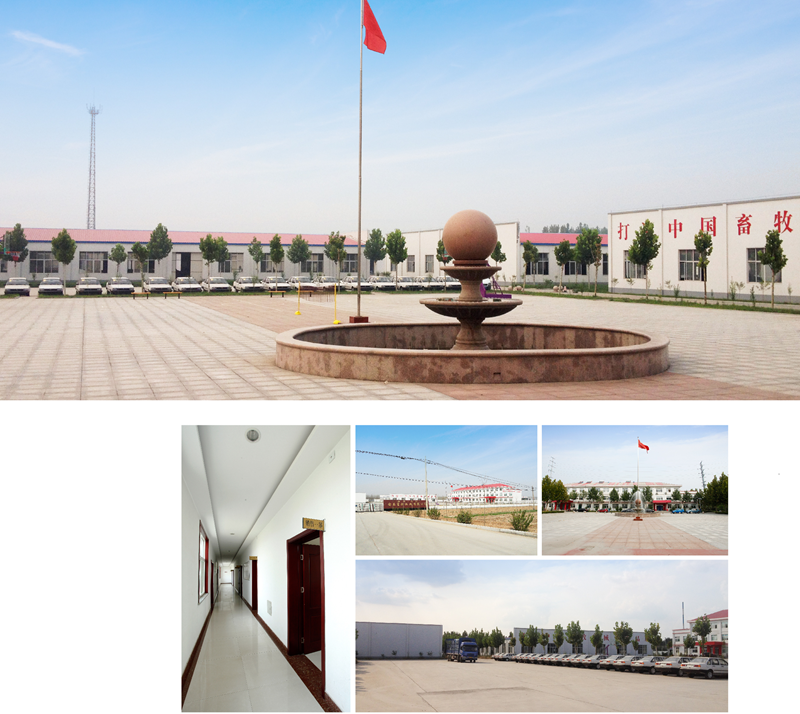
Shandong Huimin Qinle Livestock Machinery Co., Ltd. (formerly Shandong Huimin Qinle Livestock Machinery Factory) is a professional poultry equipment manufacturer with over 20 years of experience. We offer a comprehensive service package, from design (land and chicken coops), production (equipment and prefabricated steel coops), installation, commissioning, customer training, and after-sales service.
Located in Huimin County, Binzhou City, Shandong Province, China, the company has extensive experience in mechanical processing and manufacturing, as well as livestock machinery production and operation. With fixed assets of RMB 15 million, the company employs 160 people, including 30 R&D staff, and occupies a 40,000-square-meter factory. Equipped with over 110 pieces of advanced precision production equipment, including CNC machining centers and laser cutting machines, the company boasts a production capacity of RMB 50 million.
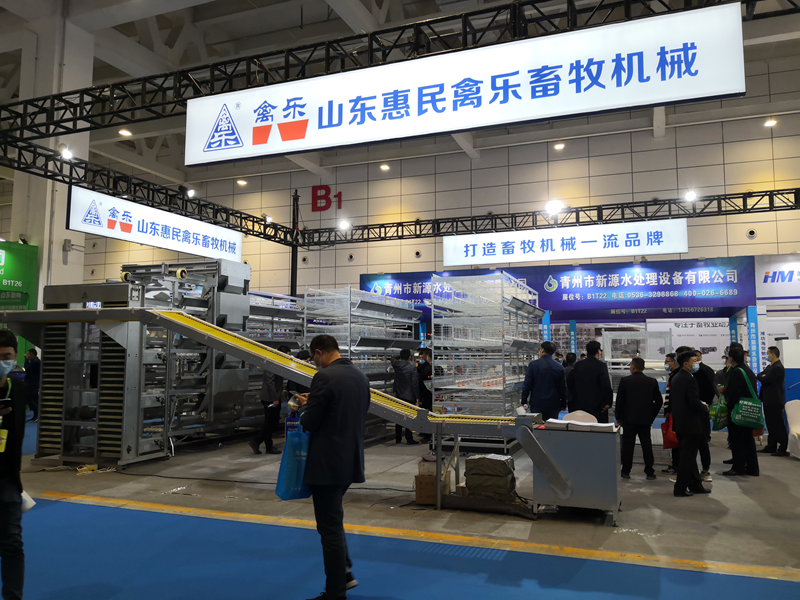


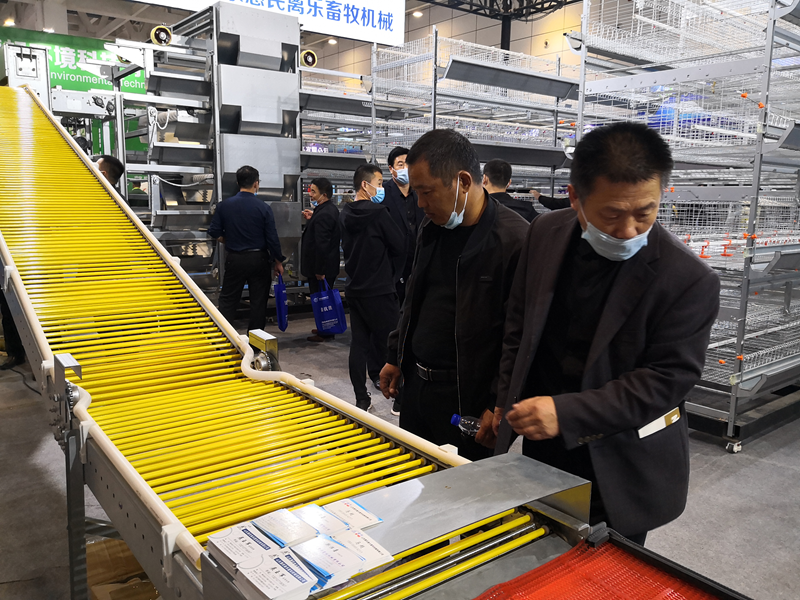
Chicken Farming Equipment Mesh Production Workshop

Machining Workshop

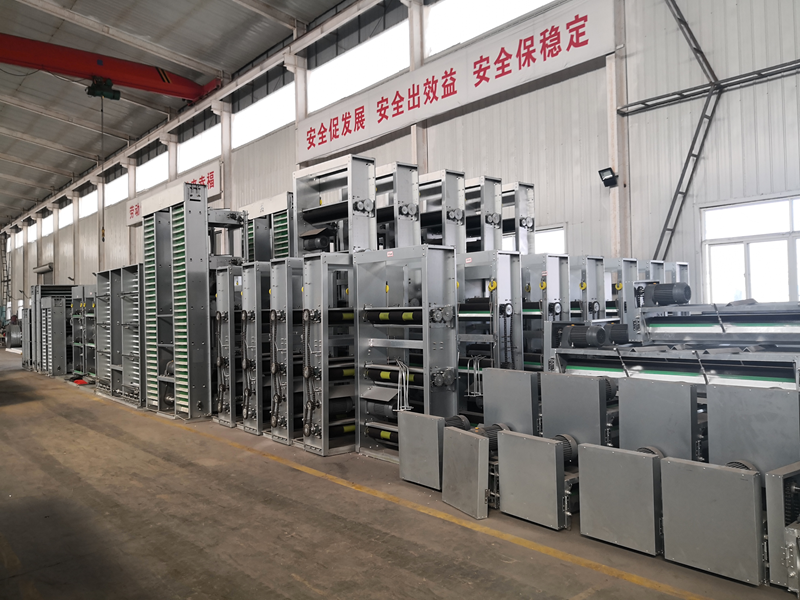
Turret-type CNC Punch Press, Laser Cutting and Other Machining Equipment



Fully Automated Roll Forming Production Line

Hot-dip Galvanizing Production Line

Electroplating Production Line

Environmental Protection Equipment

Chicken Farming Equipment Product Series
Egg-laying Hen Farming Equipment
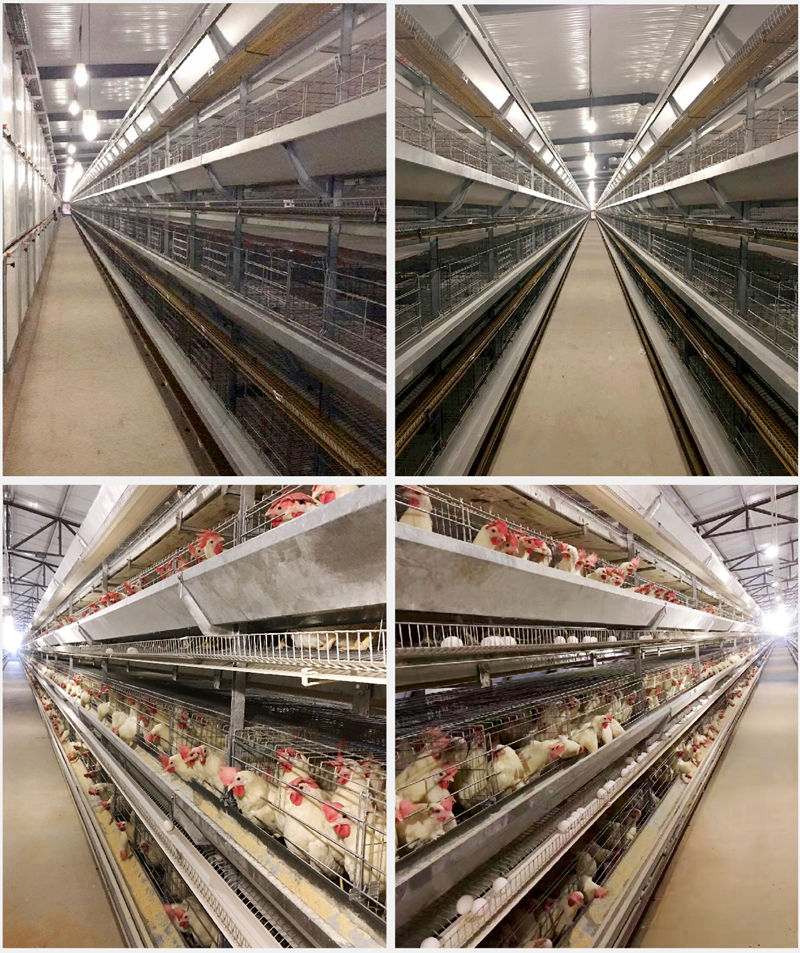
Stacked Brooding Cage Equipment

Stacked Broiler Cage Equipment
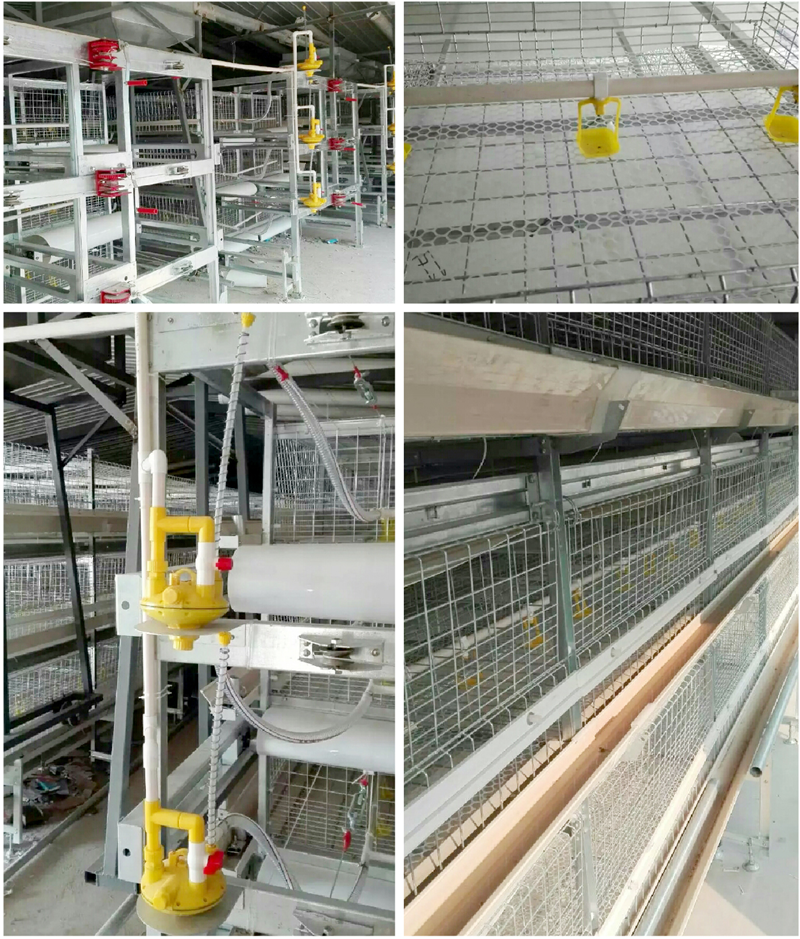
Stepped Layer Hen Cage Rearing Equipment
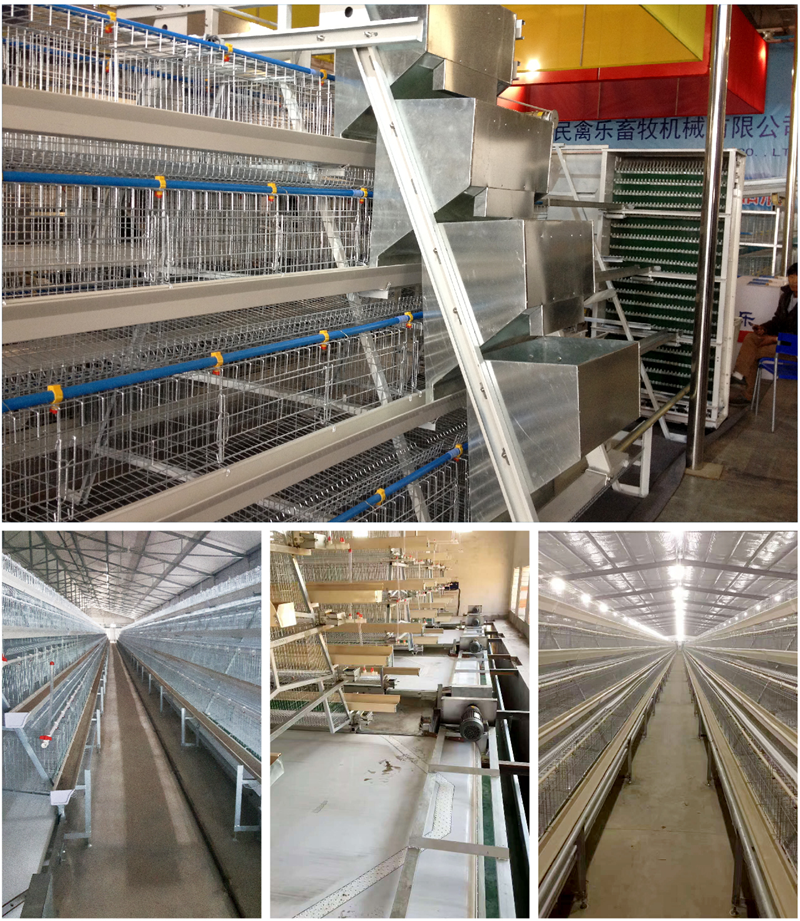
Automatic Egg Collection System

H-type Cage Feeding Machine
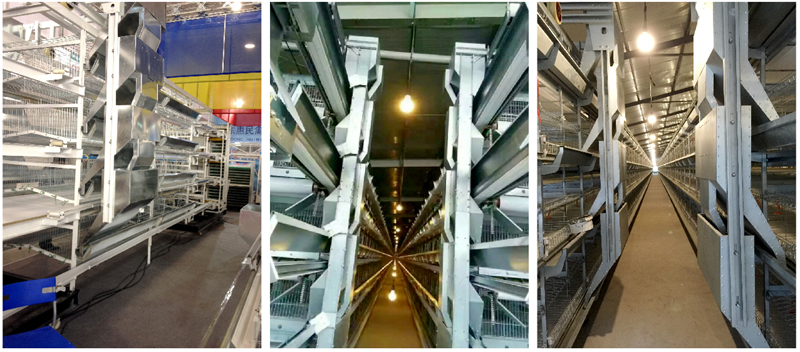
Stepped Cage Straddle Feeder
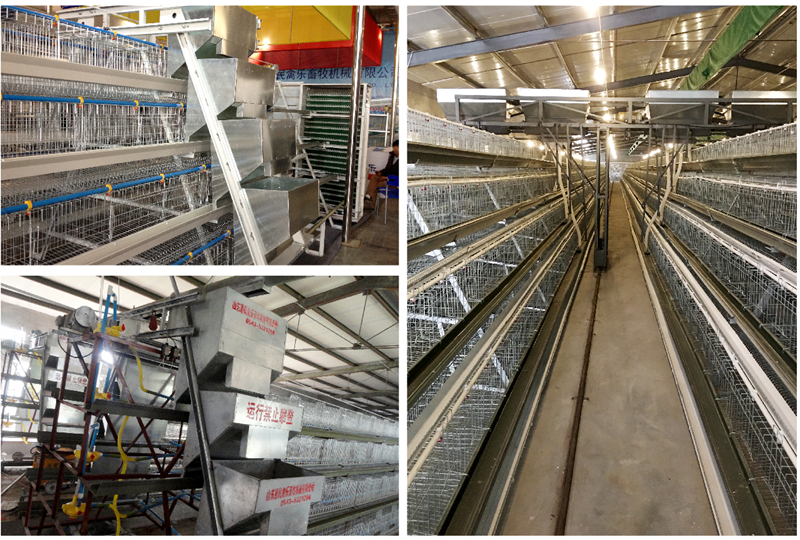
Manure Removal Machine

Fans, Heated Curtains, Environmental Control Systems, and Lighting Equipment
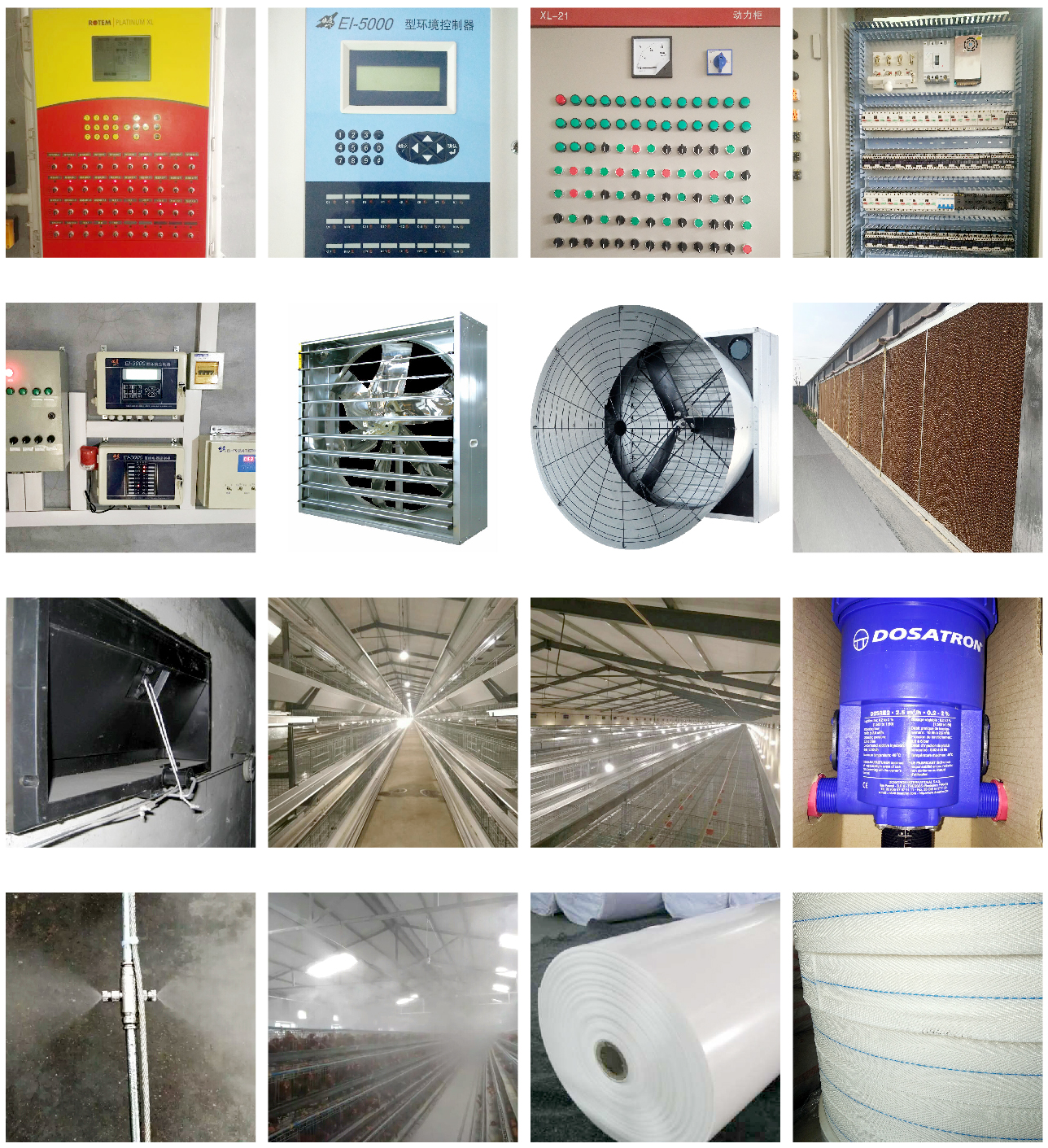
Complete Set of Equipment for Organic Fermentation Treatment of Manure


 Catalogue
Catalogue































 WhatsApp
WhatsApp телефон
телефон